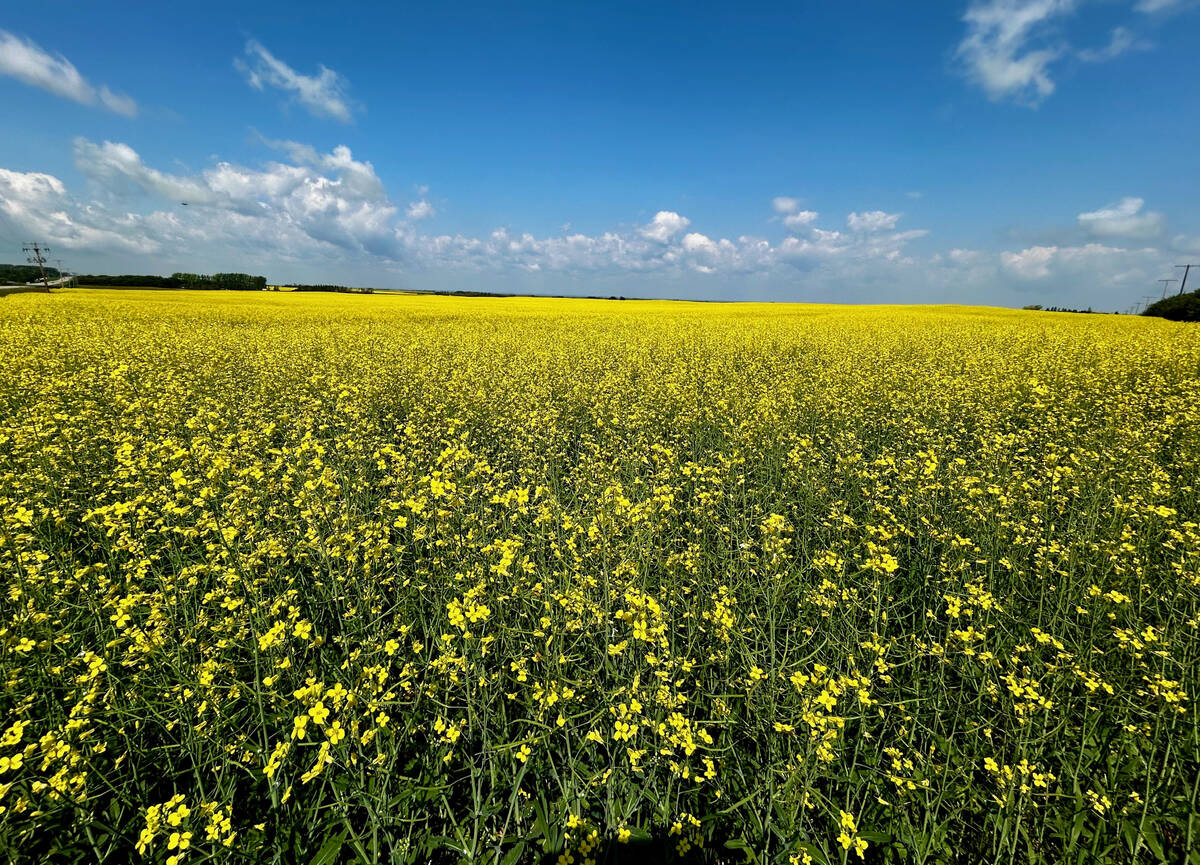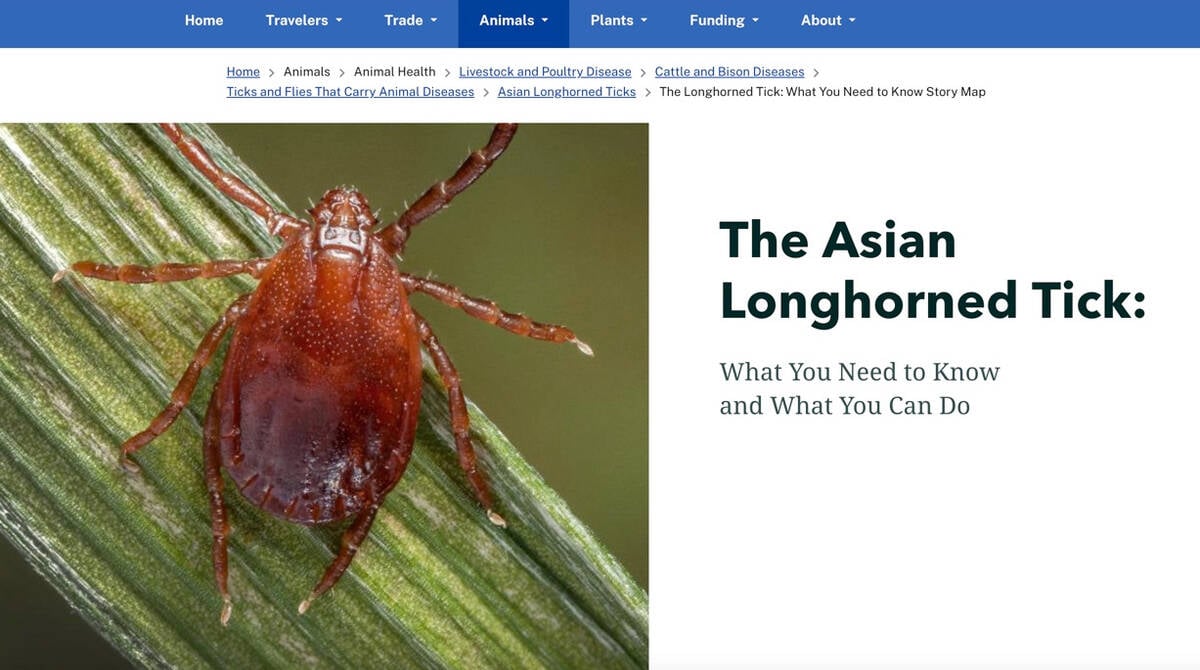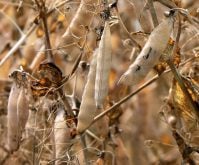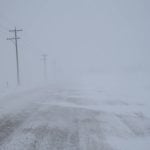WINNIPEG — Canadian cattle producers shouldn’t be worried about the New World screwworm, which has become a massive concern for ranchers in Mexico and is threatening the southern United States, says a University of Calgary veterinary professor.
But another pest that’s already in the U.S., the Asian longhorned tick, is something that Canada’s livestock industry should be monitoring.
“The tick is more problematic in a wider geographic area (in North America),” said John Soghigian, who specializes in parasites and the related threats to animal health at the University of Calgary.
Read Also

Pakistan reopens its doors to Canadian canola
Pakistan reopens its doors to Canadian canola after a three-year hiatus.
“The New World screwworm gets a lot of attention, which it should…. The Asian longhorn tick … its spread has not been stopped, despite efforts to do so.”
The New World screwworm, a parasitic fly, has received a great deal of press in 2025. On Sept. 21, the U.S. Department of Agriculture reported that the disease was detected in an eight-month-old heifer in the Mexican state of Nuevo León, about 100 kilometres from the American border.
The U.S. government has closed the border to Mexican cattle multiple times in 2025 due to the screwworm threat.
The northward movement of the fly and positive cases in Mexico are a major issue for American cattle producers.
The parasitic fly lays eggs on a host, typically cattle, and can quickly become a “nasty, nasty disease,” said Chris Clark, an associate professor at the Western College of Veterinary Medicine in Saskatoon.
“It doesn’t need a wound. It will find a soft bit of skin (to lay eggs),” he said.
“Then the maggots hatch and the maggots will actually eat into living tissue…. It can create nasty lesions where these maggots are (feeding).”
The pest is a menace for cattle in tropical parts of the planet, but Canada’s chilly weather should protect producers here.
“We are so far from a tropical climate,” Clark said.
“Right now, the risk is exceptionally low…. They (the flies) really can’t tolerate temperatures below 7 C.”
Soghigian made a similar comment, saying the risk to Canada’s cattle herd is minimal. If New World screwworm did arrive in the U.S., it’s extremely unlikely Canada would close the border to American cattle, he added.
Asian longhorned tick already in the U.S.
The tick is now present in more than 15 states, mostly in the eastern U.S.
The tiny pest, about the size of a sesame seed, carries the Theileria parasite, which infects red and white blood cells and causes bovine anemia.
The main symptoms of theileriosis are weakness, fever, reluctance to walk, loss of appetite, reduced milk production and a foamy nasal discharge.
“Throughout the world, bovine theileriosis is found in tropical and subtropical areas. In these areas, it can be a major constraint to cattle production,” says a U.S. Department of Agriculture factsheet.
There have been outbreaks of theileriosis in cattle herds in the U.S., and it’s possible that the tick could survive in Canada’s climate.
The tick could get established in parts of Canada because it has a unique ability — females can produce offspring without mating with a male.
Females lay thousands of eggs and an infected cow or heifer could be a host to hundreds or thousands of ticks.
“This can cause great stress on a heavily infested animal and result in reduced growth and production,” the USDA says.
“A severe infestation can kill the animal from excessive blood loss.”
Given the risk of the Asian longhorned tick and how it compares to the New World screwworm, Canada’s cattle industry should probably be more concerned about the tick, Soghigian said.
The Canadian Animal Health Surveillance System is keeping an eye on its movement in America and has published reports on the threat, which can be found here.
“This (tick) is being taken seriously here in Canada … though it doesn’t get the press New World screwworm does,” Soghigian said.
















